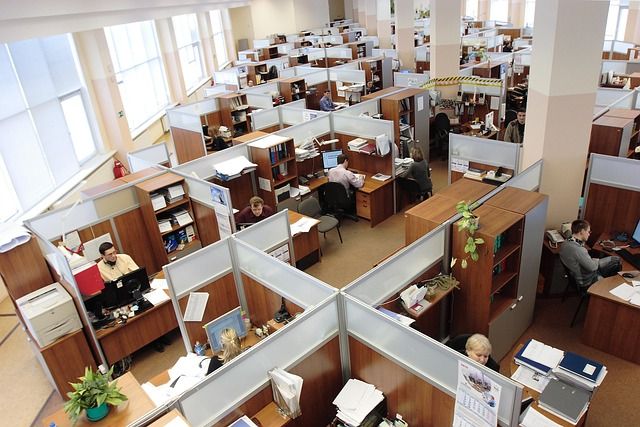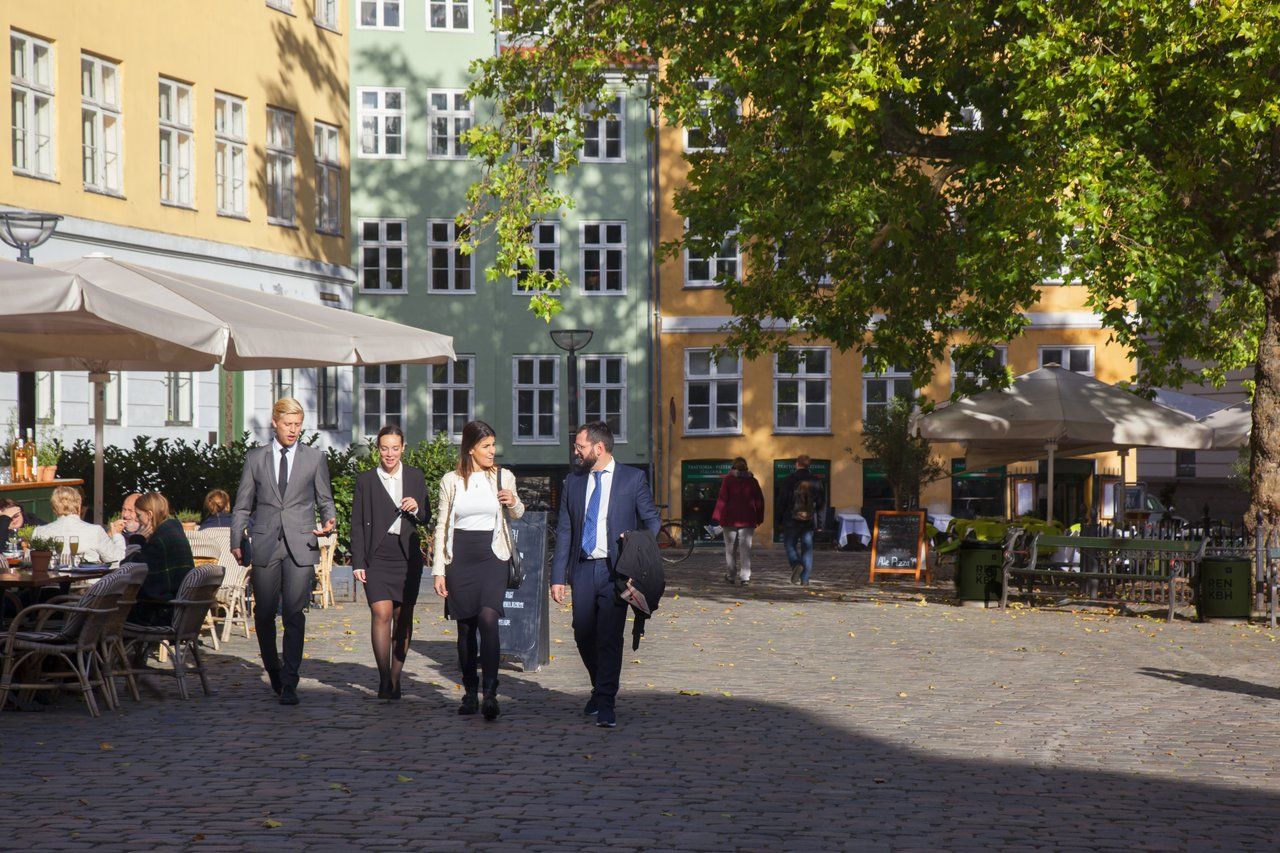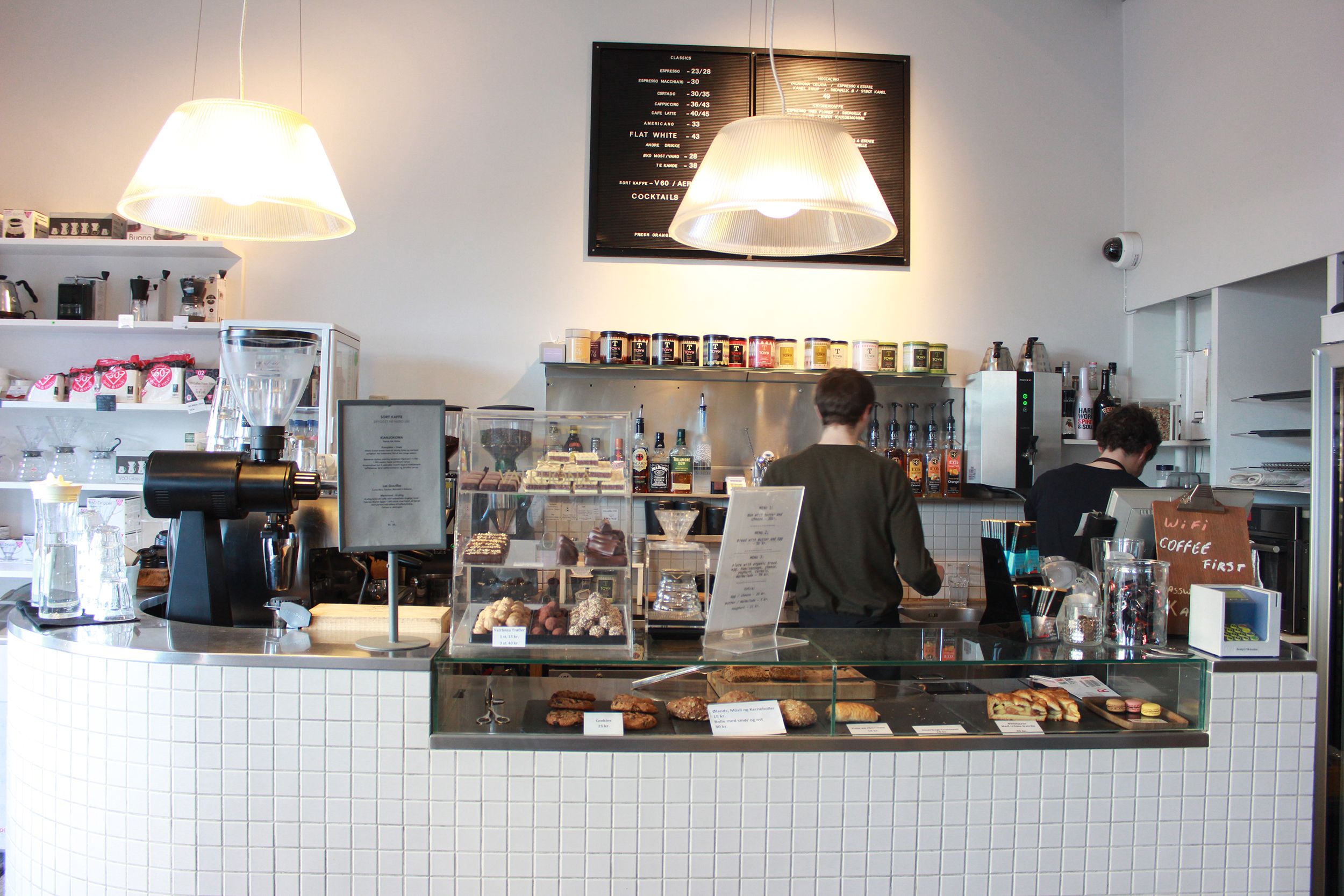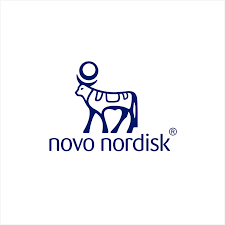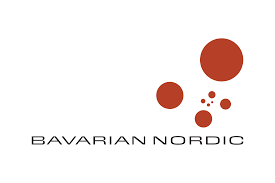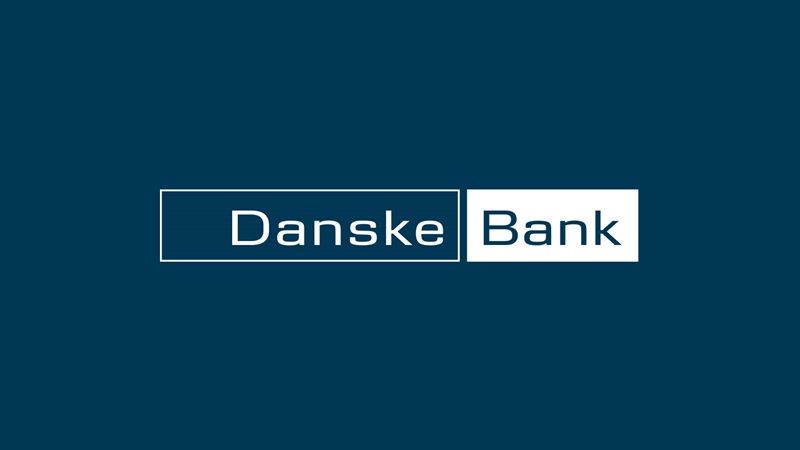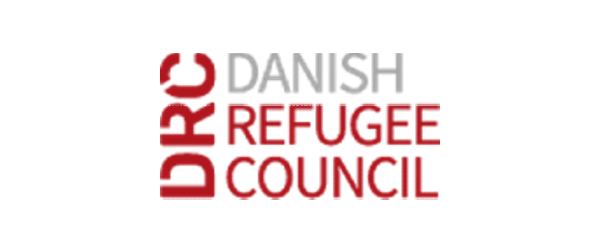He is a journalist and TV presenter.
Where will I have seen him?
He is currently presenting his aptly-named series ‘Clement Sondag’ on DR1, in which he interviews people currently in the news. It airs on … you guessed it … Sunday evenings.
But I don’t speak Danish, so I doubt I’ve seen him.
You might have seen him whilst channel hopping, and he’s instantly recognisable.
How so?
He has a rather pronounced bottom lip.
I thought that was Jens Olaf Jersild.
No, that would be the man who discusses political issues after the news on Thursday evenings.
But he has remarkable lips too.
That’s right. It seems that DR – in a bid to not fall foul of any discrimination rules – has chosen people whom would, without doubt, be consigned to the realms of radio presenting in the US or the UK.
Good for DR, I say!
I totally agree with you.
Is he any good?
He’s very good. He asks his guests questions that other presenters might shy away from. In fact he told B.T. tabloid that he finds most other television boring because journalists are simply too polite. He received last year’s Publicistprisen, an award for contribution to the media world, presented by the National Press Club of Denmark.
What’s his background?
He’s a bit of a clever clogs. In 1994 he graduated from the United World College in Hong Kong, after which he went to no less than Oxford University, where he obtained a bachelor’s degree in philosophy, politics and economy! Not content with that, he went on to get a bachelor’s in political science from the University of Copenhagen!
Has he interviewed anyone famous?
Aside from the many ‘famous’ Danish people, he has also interviewed John McCain, Madeleine Albright and Desmond Tutu.
Family??
Yes, he has a son of seven, whom he showers with attention (says he). However, his record as a boyfriend isn’t so good, having walked out of the mother of his son, when the child was just a month old!







